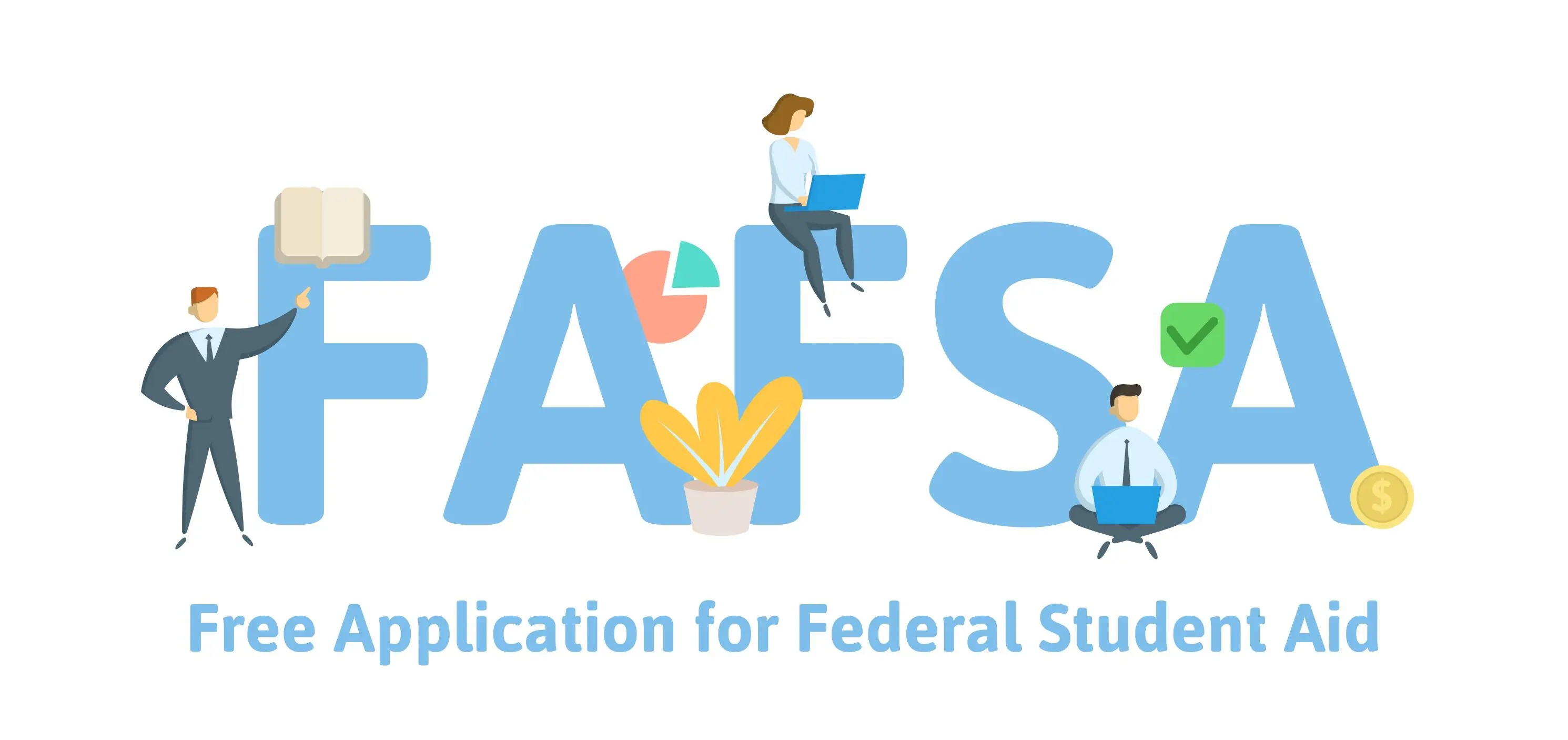FAFSA – Free Application Federal Student Aid

UPDATE: The 2024-25 FAFSA does not ask how many students you have in college. You may need to email each school’s financial aid office to let them know you have additional children in college. The SAR (formerly EFC) is for each child and not divided equally between the number of family members in college as it previously was. Write your congress member if you think this is unfair!
This is the main tool colleges use to determine need-based aid. It is undergoing an overhaul for the Class of 2024, and is currently scheduled for release in December of 2023. There are some big changes.
Every year I am asked, “What is the max income to qualify? I’m not sure it is worth it.” There is no official “magic number.” It depends on your income, the size of your family, and your assets (excluding primary residence and retirement accounts.) Even if you don’t qualify for need-based aid, this is how you and your child can qualify for government loans which offer advantages over private loans. Here’s a rough FAFSA calculator.
The Class of 2024 will most likely use your 2022 taxes when you complete the FAFSA. If your old taxes do not reflect your current situation (someone lost a job or had high medical expenses, for instance), contact the specific admission offices with an explanation, and you may qualify for additional aid.
Three Important notes about the FAFSA
1) Sit down when you use the calculator. You may be shocked by what it tells you you can “afford” for a single year of college.
2) California (and six other states) has a new 2022 law that makes completing the FAFSA a graduation requirement. This isn’t well-known yet. Waivers are available and enforcement varies.
3) Your retirement accounts and the value of your primary residence are not considered in determining what you can afford.
CSS PROFILE
Some private colleges also require the CSS Profile. This is a much more detailed accounting of ALL your assets. And to add insult to injury, it costs money to fill it out and send it to colleges. You will dislike The College Board by the end of application season. This form is available on October 1, 2023. Because each school uses the information differently, there is no estimator as with the FAFSA.